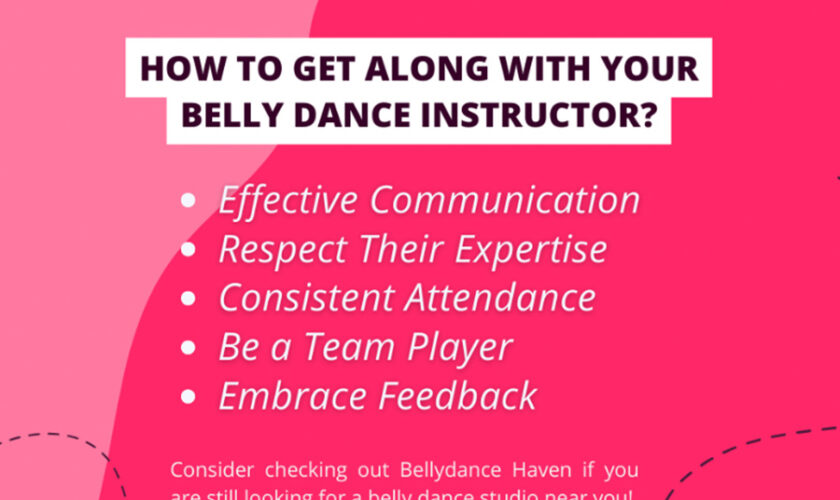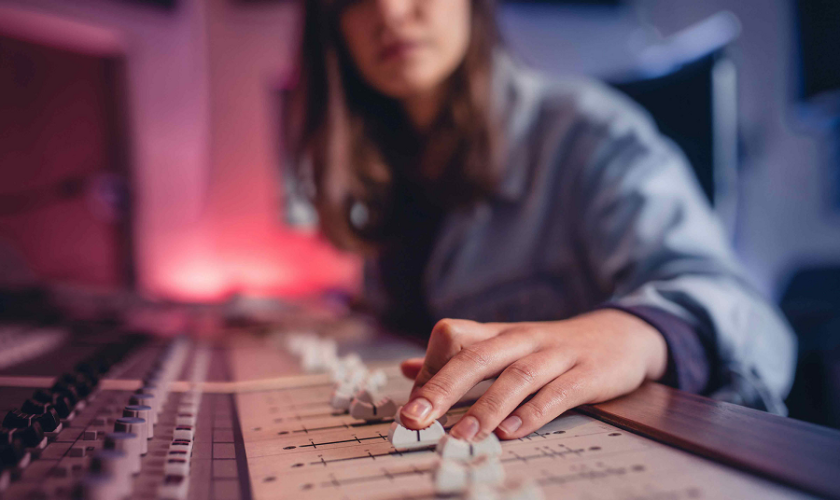Practice is only useful if it survives contact with an audience. The goal isn’t perfection in a quiet room—it’s reliability under lights, noise, and nerves. Here’s a practical blueprint to turn solo practice into stage-ready confidence.
1) Start With “Performance-First” Warmups
Before scales or rudiments, do a 90-second micro-performance: play a chorus, run a fill into a downbeat, sing a hook. No stopping, no fixing. This tells your brain, “we’re here to perform,” not just to iterate. Then move into technique. Bonus: track one tiny improvement you’ll showcase at day’s end.
2) Use Laddered Tempos (Down Then Up)
Don’t only ramp up. Try 70% → 60% → 80% → 90% → show tempo. Dropping below comfort exposes slop; climbing back builds control. Mark where articulation breaks, then isolate that two-beat cell for 5–10 perfect reps.
3) Red-Light Training: Record Everything
Hit record for every full take. The “red light” triggers the same pressure you’ll feel live. Keep a three-column log: Timestamp (2:13 missed pickup), Likely Cause (breath too late), Fix (inhale on ‘and’ of 4). Review once, apply, move on. Avoid endless replays.
4) One-Take Rule With Non-Stop Recovery
Practice continuing after mistakes. Run the song once per session with a strict rule: no stopping. When you flub, deploy a pre-planned recovery (repeat the bar, simplify the fill, skip the embellishment). Confidence skyrockets when your body knows it can land the plane after turbulence.
5) Build Variability on Purpose
Nerves punish one-path players. Add controlled randomness: practice standing, seated, with lights low, with a fan (simulates stage air), at morning voice vs. evening voice. Change monitoring (one ear, low wedge volume). Variability inoculates you against venue surprises.
6) Rehearse Transitions Like They’re Songs
Crowd impressions hinge on beginnings and endings. Isolate: count-offs, first bar, first lyric, final bar, and bow/outro. Run only these five moments in a loop for five minutes. Add the “walk-up” (hands to instrument, inhale) to engrain calm, efficient movement.
7) Two-Minute Stagecraft Blocks
Confidence isn’t only notes. Rotate micro-blocks:
- Mic technique: distance control on whispers vs. belts.
- Body language: plant feet, soft knees, eyes up on downbeats.
- Space use: three marks on the floor—center, stage left, stage right—practice moving on section changes.
Two minutes daily prevents the “statue syndrome” live.
8) Breath, Count, Release
Anxiety compresses breath and time feel. Bake in a pre-chorus ritual: inhale on beat 3, exhale on 4, release jaw/shoulders on 1. For drummers, pair it with a lighter grip on fills; for singers, pre-place vowels. A tiny breathing routine anchors the biggest moments.
9) “Set-Builder” Practice, Not Only Song Practice
Once a week, run mini-sets: three songs in show order, no pauses longer than your planned patter. Practice tuning, patch changes, and count-offs inside the clock. The set is the unit of performance; train the unit.
10) Cue-Map Your Brain
Make a one-page cue sheet per song: form (V1/PC/Ch/Br), danger zones, and two confidence cues (e.g., “look up at Chorus 1 hit,” “open palm to drummer on bridge stop”). Tape it at eye level. After a few runs, ditch the paper—but keep the cues.
11) Build a “Mistake Library”
Catalog top five recurring errors (late entrance, over-sung high note, rushing fills, flat vowel on money note, missed pedal change). For each, design a fast fix. Example: high note strain → step down a half-step harmony in emergencies; rushing → ghost a subdivision with tongue or stick. Owning your fixes reduces panic.
12) Practice With Audience Simulators
Invite two friends to sit silently for a five-minute “show.” Or set a timer, turn on bright lights, and film a single take you must publish privately to a trusted chat. The mild social stakes simulate stage stress better than any metronome.
13) End Every Session With a Win Reel
Finish on a clean performance of the trickiest eight bars. Label the file “Win-[date].” On shaky days, listen to three wins before practicing. Confidence is memory; build your receipts.
14) The 24-Hour Rule for Polishing
Sleep consolidates skills. On day two, open with yesterday’s hardest passage. If it fails, don’t spiral; return to 80% tempo, then reclaim show tempo. Keep the improvement curve visible with small annotations (“Day 1: 80–92% clean; Day 2: 96% clean.”)
15) Pre-Show Mini-Ritual
Before gigs, run a five-minute checklist: hydrate, breath cycle, count-off rehearsal, first-line rehearsal, gear glance (cable, power, tuner), and one gratitude thought. Rituals trade uncertainty for routine—and routine feels like confidence on stage.
A Sample 45-Minute Translational Practice
- 00:00–02:00 Micro-performance + goal set
- 02:00–10:00 Laddered tempo on hardest passage
- 10:00–15:00 Transitions loop (count-offs, first bars, endings)
- 15:00–20:00 Stagecraft block (mic, body, space)
- 20:00–30:00 One-take run, mistake recovery active, recording on
- 30:00–40:00 Mini-set (two songs back-to-back, no dead air)
- 40:00–45:00 Win reel capture + next-session note
Practice like this and stage confidence becomes the byproduct—not the goal. You’ll trust your breath, your body, and your recovery plans, which frees you to connect with the room. If you want structured reps with peers and coaches who hold you to performance-level standards, look into Summer music classes that emphasize live runs, feedback loops, and small-group showcases.





